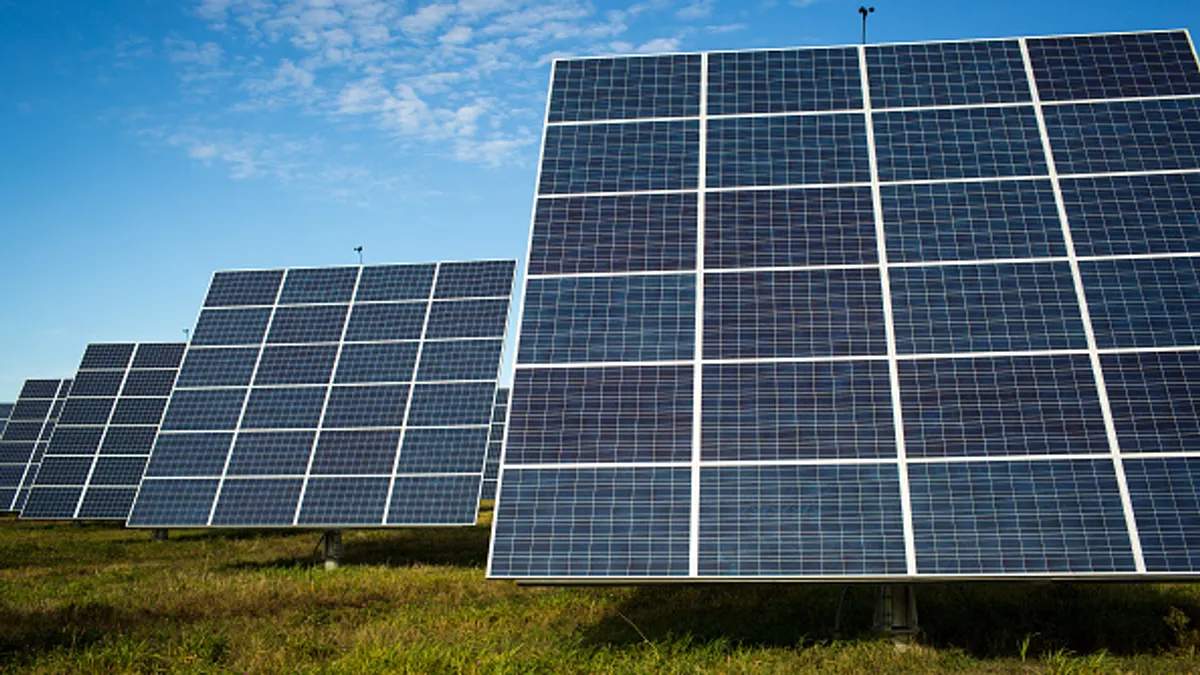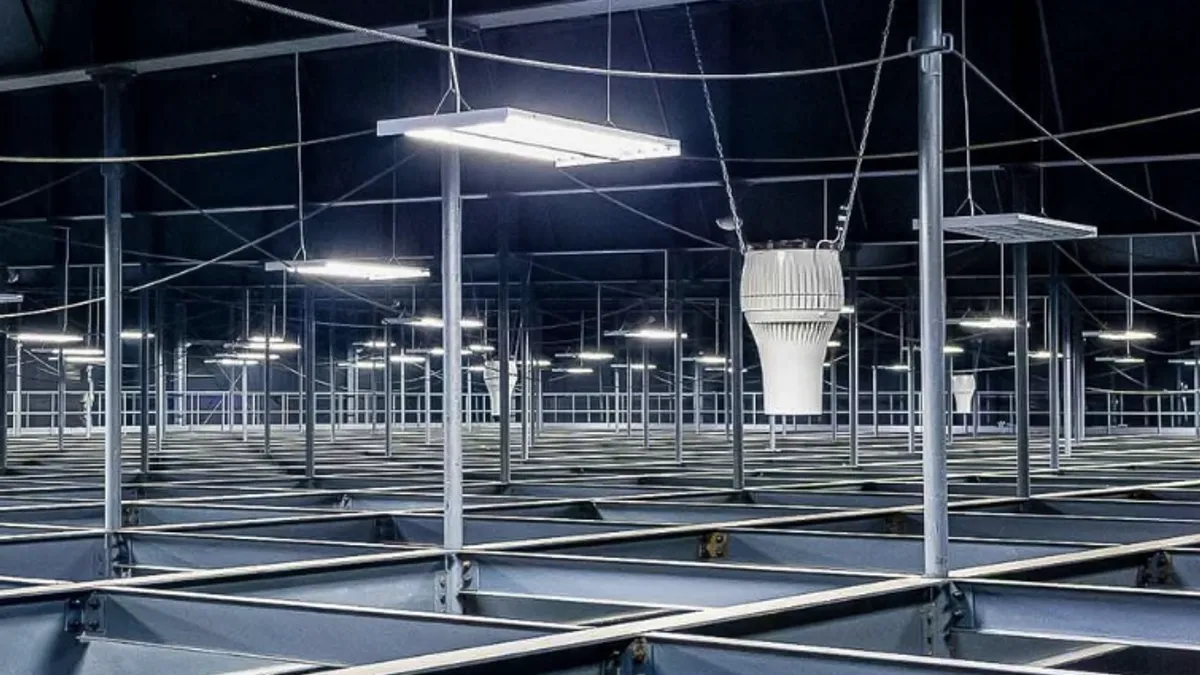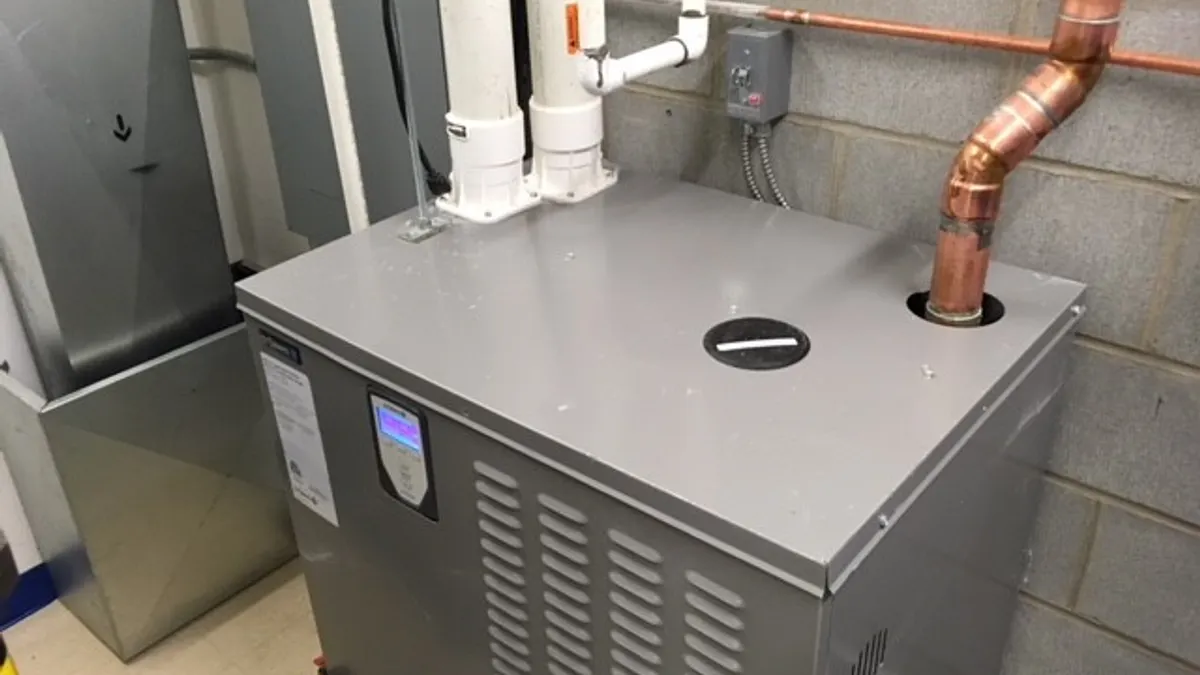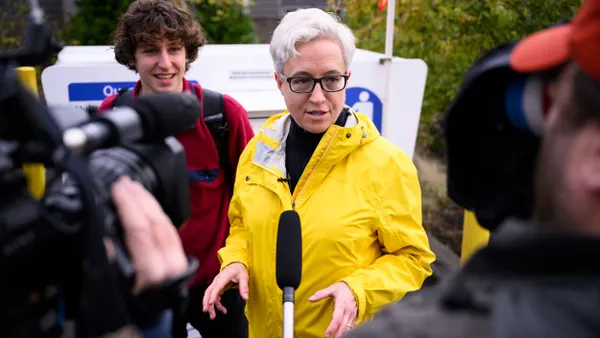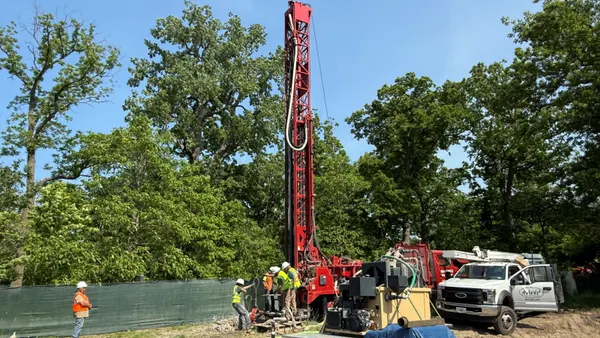Seven solar systems have been completed and are operating at six state correctional facilities, generating an estimated $11 million in energy savings and reducing carbon emissions by 5,000 metric tons a year, Connecticut Gov. Ned Lamont, D, announced last week.
We’re delivering “cost savings in the operations of state government while also reducing our carbon footprint,” Lamont said. “Their around-the-clock operations require a significant amount of energy to function. I am glad that we could get these projects completed and that our correctional facilities can begin taking advantage of the benefits of solar energy.”
The project is among the first to generate power under a program the Connecticut Green Bank created half a dozen years ago to make it easier for state agencies to convert a portion of their operations to solar power.
Through the Solar Marketplace Assistance Program, or Solar MAP, the CT Green Bank contributes subsidized funds and brings in private partners to finance the development of solar power systems on behalf of state agencies.
To generate the 8.3 MW of power for the correctional facilities, the Green Bank and its private partner, TotalEnergies Renewables USA, installed solar panels on roughly 40 acres of fields, owned by the Connecticut Department of Correction, spread across half a dozen locations. In addition to reducing carbon emissions, the project is expected to reduce the energy costs to the agency by about 32%, according to the CT Green Bank. The new solar systems will supplement power at seven of the CDC’s 13 statewide facilities, with TotalEnergies maintaining the systems through a power purchase agreement executed by the Connecticut Department of Administrative Services.
The state created the Green Bank as a quasi-governmental agency a decade ago. It uses its governmental charter to obtain below-market capital, which it uses to help attract private partners whose money helps close the financing gap to develop solar projects on behalf of state agencies. The private partner owns the solar system and helps cover the cost to plan, develop and operate it.
“We’re locking in the third party that will maintain and monitor the system for the life of the agreement,” Emily Basham, the CT Green Bank’s associate director of financing, said in a 2023 webcast about the program. “All of these aspects of the [power purchase agreement] are attractive and allow agencies to move forward with a project without the headaches that come along with ownership and securing a capital source for a budget line item for the project.”
Projects involving the state’s departments of transportation, energy, mental health and veterans affairs are among others in the works. It takes about a year for projects to move from planning to completion.
“It takes about six months to do the initial feasibility and put the pieces together,” Basham said. “To construct an 8-MW system takes 5-6 months.”
“The successful completion of the DOC’s seven solar installations demonstrates large-scale, distributed clean energy is both feasible and reliable,” said Eric Potts, vice president of TotalEnergies Renewables USA. The company is an affiliate of France-based TotalEnergies, a global integrated energy company.



